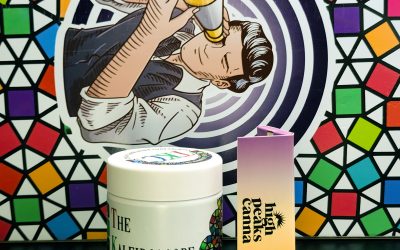🎄As the mountains start to sparkle in the High Peaks, we’re...
Cooking with Cannabis – Infused Oil & Butter
by High Peak Canna
March 4, 2024
You May Also Like:
Strain of the Week: Chimera Junkie by Butter
This week, we’re highlighting Chimera Junkie by Butter, a...
Strain of the Week: Sub Zero by The Kaleidoscope Collective
This week’s pick brings a chill name with a warm, cozy finish —...



